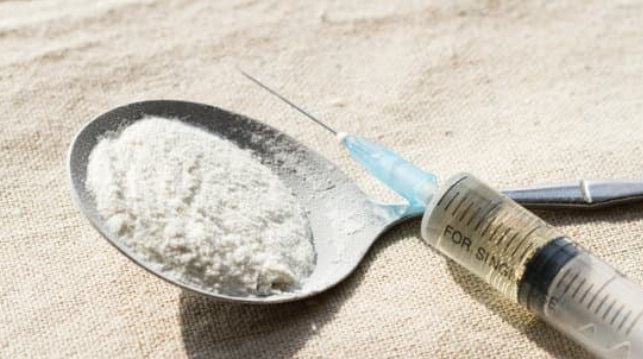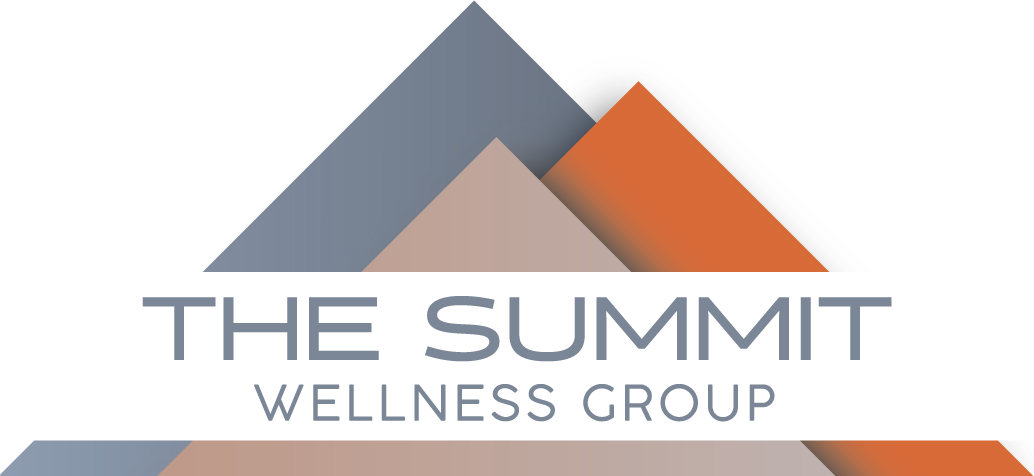Georgia’s colleges face rising substance use risks, but a statewide infrastructure is changing the response.
The Georgia Network, hosted at Kennesaw State University, now connects campuses across the state to share evidence-based strategies, pool resources, and align prevention with treatment pathways.
This article explains how Georgia university drug prevention works today, why environmental approaches outperform education alone, and what the opioid settlement and new data systems mean for student safety.
How Georgia University Drug Prevention is Shifting From Education to Action?
For years, campuses relied on standalone online modules and one-off presentations to curb drinking and drug use. The evidence now shows that the model delivers modest results at best. Larger, sustained reductions come when colleges combine individual supports with environmental strategies that reshape availability, policy, enforcement, and social norms. The Georgia Network was built to help campuses make exactly that shift, providing a statewide platform for collaboration, capacity building, and alignment with professional standards.
The network brings together student affairs teams, counselors, campus police, and public health partners to deploy what works. Membership is open to all Georgia institutions, and the focus is practical: directory access, listserv updates, best-practice exchange, and a direct line to state and federal resources. This structure matters because understaffed campus teams often operate in isolation, reinventing wheels and missing opportunities to learn from peers.
The Evidence Base: What Actually Reduces Campus Substance Use?
National experts spent years reviewing more than 60 interventions to build CollegeAIM, the College Alcohol Intervention Matrix from the National Institute on Alcohol Abuse and Alcoholism.
This comprehensive tool rates each approach on effectiveness, cost, and feasibility. The pattern is clear: environmental strategies consistently score higher than education campaigns.
These strategies include outlet density limits near campuses, social host enforcement, compliance checks at bars, responsible beverage service training, pricing policies, and coordinated enforcement during high-risk events.
The World Health Organization’s SAFER initiative reinforces the same themes globally. Taxation, advertising restrictions, availability controls, and drink-driving enforcement are proven levers.
Applied to campus communities, these translate into tangible actions like working with city councils on hours of sale, partnering with local police on checkpoints, and requiring event permits that limit high-alcohol promotions.
Social norms campaigns add another evidence-backed layer. Students often overestimate how much their peers drink, and that misperception drives risky behavior. Correcting those beliefs through data-driven messaging reduces harm.
The College Prevention Partnership, funded by Georgia’s Department of Behavioral Health and Developmental Disabilities, runs 27 student groups across campuses deploying exactly these positive social norm campaigns, complete with survey tools and implementation guides.
The Georgia Campus Network and Addiction Treatment Pathways
Prevention and treatment sit on the same continuum. When a student crosses the line from risky use to dependence, fast access to quality care can be lifesaving. Georgia’s infrastructure now explicitly links campus readiness to the treatment system. The Georgia Department of Behavioral Health and Developmental Disabilities channels federal prevention funds, manages State Opioid Response initiatives, and maintains the Georgia Strategic Prevention System data warehouse that campuses can use to understand county-level risks and resources.
Campus health centers increasingly screen for substance use disorders and initiate medication-assisted treatment or refer students to intensive outpatient programs. The Georgia Network’s emphasis on collaborative practice means these referrals flow more smoothly, with shared understanding of what evidence-based treatment looks like and where gaps exist. When campuses, community providers, and state agencies use common language and frameworks, students get help faster and with less friction.
This coordination extends to recovery support. Collegiate recovery communities provide peer mentoring, sober housing connections, and ongoing engagement that reduces relapse risk. By embedding these supports within campus life rather than treating them as add-ons, Georgia institutions normalize recovery and reduce stigma.
Funding Georgia University Drug Prevention Through Opioid Settlements
The Georgia Opioid Crisis Abatement Trust announced just over 70 million dollars for 128 projects in late 2024, with advisory commission recommendations emphasizing treatment, recovery, naloxone distribution, and prevention. Universities are eligible to apply directly or partner with county health departments and treatment providers. This funding stream, distributed over nearly two decades, offers a historic opportunity to scale campus-community coalitions and address resource gaps identified in regional analyses.
Settlement dollars can support naloxone distribution in residence halls and at campus events, screening and brief intervention programs in health centers, peer recovery coaching, and partnerships with sober living operators. The trust provides a resource toolkit, notices of funding opportunity, and scoring rubrics that campuses can use to craft competitive proposals. Given that colleges house large populations of young adults at elevated initiation risk, these investments deliver high returns in lives saved and futures preserved.

Data Systems Driving Smarter Prevention
Georgia campuses now have access to overlapping data platforms that together provide a fuller picture than any single source. The American College Health Association’s National College Health Assessment fielded responses from more than 103,000 students at 154 institutions in Spring 2024, offering current benchmarks on substance use, mental health service utilization, and perceived safety. Thirty-one percent of students reported ever using tobacco or nicotine, and just over 40 percent felt only somewhat safe walking at night on campus.
Clery Act reports document on-campus crime and disciplinary referrals, including liquor law violations. Media reviews of Georgia institutions between 2020 and 2022 show wide variation in enforcement patterns, with the University of Georgia reporting the highest liquor law arrests and 35 percent of violations involving non-UGA individuals. That statistic underscores the role of environmental factors like proximate nightlife and jurisdictional enforcement posture.
The College Prevention Partnership’s Positive Social Norm surveys measure normative perceptions campus by campus, allowing tailored messaging. Georgia State University’s Office of Institutional Effectiveness provides survey administration infrastructure through Qualtrics, supporting anonymous or tracked modes, QR codes, and outreach channels. The Georgia Strategic Prevention System Data Warehouse compiles county indicators on substance misuse and consequences, enabling local coalitions and campus teams to align priorities.
When institutions use these tools together, they can triangulate behavior, norms, and outcomes, identify hot spots, and track progress year over year. This data-driven approach replaces guesswork with evidence and creates accountability.
Core Components of Georgia’s Campus Prevention Model
- Environmental strategies that limit availability, enforce policy, and reshape the physical and economic context around campuses
- Social norms campaigns grounded in local survey data to correct misperceptions and reinforce protective behaviors
- Screening and brief intervention in campus health centers to catch problems early and initiate treatment
- Naloxone distribution modeled after automated external defibrillators to ensure rapid response to overdoses
- Recovery supports including collegiate recovery communities, peer coaching, and sober housing linkages
- Data integration across NCHA, Clery, Positive Social Norm surveys, and state surveillance to guide resource allocation
- Cross-sector coordination through the Georgia Network, DBHDD, and opioid settlement partnerships
Integrating Sexual Violence and Substance Use Prevention
The Georgia Network to End Sexual Assault received a CDC grant covering 2024 through 2028 to implement primary prevention at historically Black colleges and universities and rural high schools. The project uses Bringing in the Bystander programs, hot spot mapping, and athletes-as-leaders initiatives. Because alcohol is implicated in many campus sexual assaults, integrating bystander content within substance use prevention produces mutual benefit. Hot-spot mapping also applies to alcohol-related harm loci such as bar corridors, event venues, and transit routes, enabling targeted environmental changes like improved lighting, increased patrols, and safe ride programs.
Coordinating these efforts under a shared framework reduces duplication, strengthens messaging, and ensures that campus safety is approached holistically rather than in silos.

Implementation Challenges and Solutions
Shifting from education-heavy portfolios to comprehensive environmental strategies requires leadership commitment, cross-departmental collaboration, and often new partnerships with city governments and law enforcement. Campuses face regulatory complexity, limited staffing, and concerns about enforcement equity. The Georgia Network addresses these barriers by offering technical assistance, shared tools, and peer learning collaboratives. When one campus negotiates an outlet density ordinance or launches a responsible beverage service training program, the network documents the process and shares templates so others can adapt rather than start from scratch.
The biennial review required under the Drug-Free Schools and Campuses Act provides a natural cadence for continuous improvement. Instead of treating it as a compliance checkbox, campuses can use the review to map interventions against CollegeAIM ratings, document resource allocation shifts, and set measurable goals for the next cycle.
Why Coordinated Action Matters?
Georgia’s young adults face a drug supply contaminated with fentanyl, social media amplifying substance use content, and mental health challenges exacerbated by the pandemic. Isolated campus efforts cannot match the scale of these threats. Statewide coordination through the Georgia Network, backed by opioid settlement funds, state prevention infrastructure, and evidence frameworks like CollegeAIM, offers a path to material reductions in harm. When campuses prioritize environmental strategies over education alone, integrate social norms and bystander programs, link prevention to treatment and recovery, and measure outcomes rigorously, they create safer communities and better futures for students.
The model Georgia is building—a network of networks connecting campuses, state agencies, student groups, treatment providers, and community coalitions—positions the state to become a national leader in college substance use prevention. Early results from positive social norm campaigns, opioid settlement projects, and data integration efforts will inform the next phase of work and generate evidence that other states can adopt.
If your campus or organization is ready to strengthen referral pathways between prevention and care, explore Summit Wellness programs that provide flexible, evidence-based support for students and young adults.
